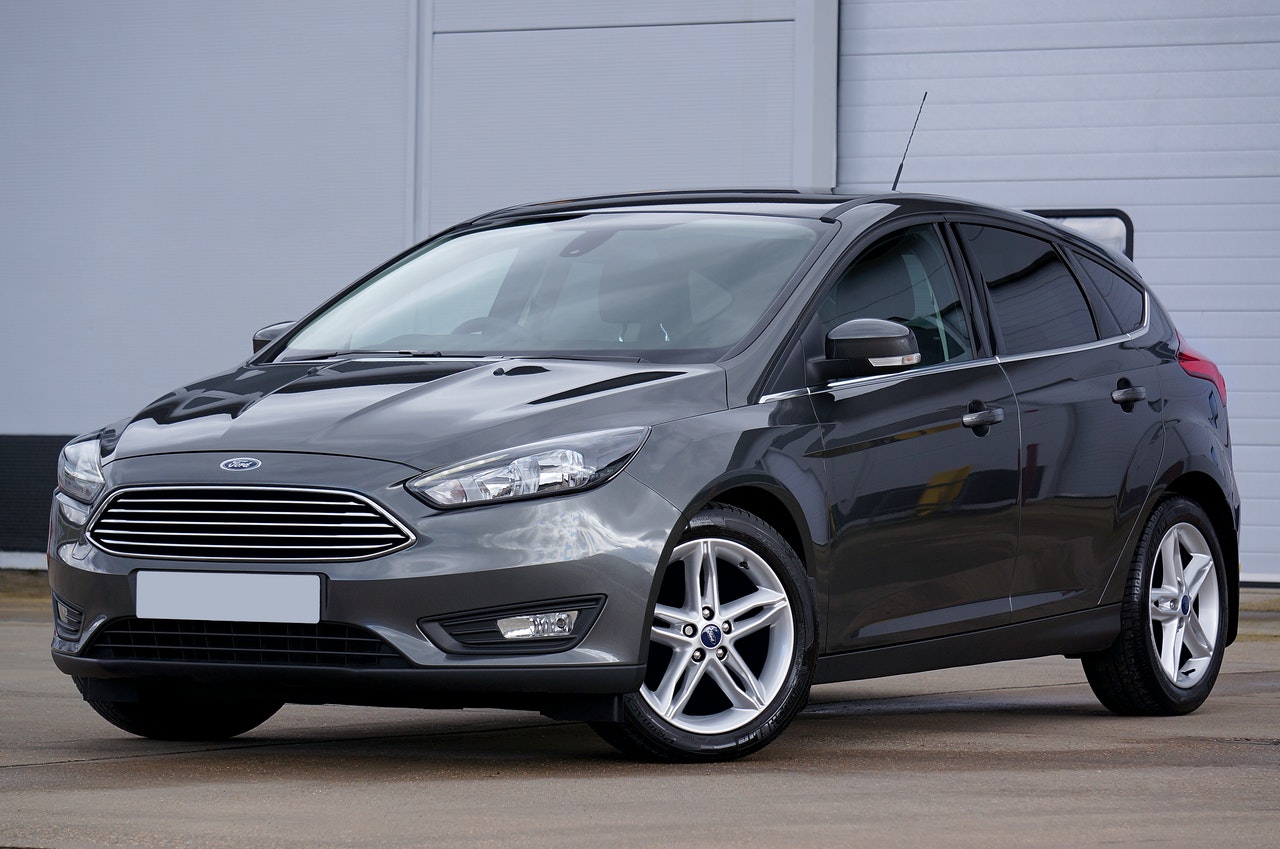Last Updated on: 22nd November 2023, 02:54 pm
Clichés often have a grain of truth to them, and yet the idea that traffic gets worse every year is, in fact, false. According to a study by ATS Euromaster, congestion has been easing since 2008 despite an uptick in the number of cars registered in the UK database.
The tyre specialists published the study shortly before Boris Johnson’s announcement to work from home (on September 22nd), but because they utilise data from the first lockdown, we can make accurate predictions about what’s going to happen to UK roads over the next six – quiet – months.
Expect traffic to drop – a great deal
As we enter a new lockdown, we can expect car traffic to drop markedly over the first weeks – and possibly months.
In the first nineteen days of April, for instance, congestion dropped by as much as 73%.
(The figures below are based on the rationale that 100% denotes normal traffic on an equivalent day in another year):
01/04/2020 32%
02/04/2020 32%
03/04/2020 34%
04/04/2020 28%
05/04/2020 25%
06/04/2020 34%
07/04/2020 33%
08/04/2020 34%
09/04/2020 36%
10/04/2020 27%
11/04/2020 29%
12/04/2020 22%
13/04/2020 23%
14/04/2020 35%
15/04/2020 34%
16/04/2020 34%
17/04/2020 35%
18/04/2020 31%
19/04/2020 29%
It was only in mid-May that levels reached 50% and mid-June that they were consistently hovering between 70 and 80%.
Interestingly, a few days prior to Johnson’s September announcement, levels reached over 100%. Expect this to change in October.
Vans are more immune to lockdown
First things first: even before the lockdown vans were becoming an increasingly common sight, jumping by 71% from 2008-2018, and nearly doubling on the M1 alone.
But it’s during lockdown that things really get interesting.
Housebound as we’ve been, we’re relying so much more on deliveries, and while car traffic has dropped remarkably, vans have become a far more common sight.
A slow period from late March to early April notwithstanding, vans were back at 50% by the end of April, reaching 70% in May and soaring well above 100% in July. These strong levels have remained consistent, and you can expect similarly positive numbers going forward as we turn to online retailers to meet our needs.
Bicycles continue to reign supreme – at public transport’s expense
Public transport’s loss has been the bicycle purveyor’s gain.
While Transport for London has taken a gut-punch during the pandemic, cycling has never been more popular.
For instance:
- The first weekend of April saw bicycle travel at +200% and tube travel at -96%.
- The first weekend in May saw bicycle travel at +300% and tube travel at -96% again.
- The first weekend in September saw bicycle travel at +175% and tube travel at -58%.
Tube travel was at least heading back towards pre-lockdown levels in September. Expect that to change following Johnson’s announcement, and for numbers to spiral like they did in April and May.
For more on COVID and the state of UK roads/public transport, check out the ATS Euromaster report, which has plenty more to chew on.








